On Tuesday, US Soccer released a statement saying they postponed a decision for 7-10 days on the NASL/USL sanctioning of the second division. The current NASL crisis (where teams are hemorrhaging money) has brought up the discussion of what the original NASL was attempting with the Team Owners Association (TOA). Those TOA members started breaking away from USL in 2008. Here is a brief summary of how the NASL started, why they broke from the USL, and what happened to the interest TOA members had in the new league.
In 2006, Traffic Sports USA — a subsidiary of Traffic Group in Brazil — founded a team in the USL called Miami FC. Julio Mariz came from Traffic Brazil. Mariz was the first president of the American operation of Traffic before taking the CEO position in Brazil in 2008. He worked closely with Aaron Davidson, who was Traffic USA’s attorney. Davidson took over as president of the US office in Miami when Mariz moved back to Brazil.
The (TOA) were the original founders of the NASL. They created a breakaway group that separated from the USL at a time when that league had a 75 percent failure rate. The TOA were unhappy with how the USL had been run, citing lack of support for teams. They also wanted more control of the league at a time when Nike owned most of the USL, which hadn’t panned out financially the way they had hoped. The result was Nike corporate paid very little attention to the league. Former owner Francisco Marcos ran the USL for Nike and personally prospered by signing new teams to deals while the league was in constant flux with teams coming and going. While the USL did consult with teams, they did not have the present board of governors system that exists today under new owners Rob Hoskins and Alec Papadakis.
Mariz was a supporter of Davidson and they both advocated for breaking away from the USL and starting a new Division II league — a move not everyone at Traffic Sports Group in Brazil agreed with. The TOA started pulling away from the Division II USL in 2008. With diminished support and the bulk of USL’s first division owners moving to support the NASL, the USSF took control of the second division for the 2010 season until things could get ironed out. The league was called the USSF Pro League.
The NASL was eventually sanctioned to run the second division in the late fall of 2011, but only provisionally. That sanctioning was pulled in January when two of the leagues’ teams fell apart. Davidson, Traffic, and the NASL scrambled to shore up the league and by February of 2011, a decision was once again sanctioned but again only provisionally. USSF was concerned with the amount of financial support Traffic was giving the NASL. Waivers were required for the league to meet the new rules that US Soccer had laid down in hopes of creating a more consistent second division. It’s believed that the NASL has required three or more waivers each and every year of the league’s existence since 2011.
NASL and Miami FC
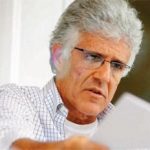 Julio Mariz: Became CEO of Traffic Group Brazil in 2008. He resigned unexpectedly in 2011.
Julio Mariz: Became CEO of Traffic Group Brazil in 2008. He resigned unexpectedly in 2011.
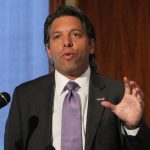 Aaron Davidson: Was president of Traffic USA from 2008 until the DOJ’s FIFA indictments in the spring of 2015. The NASL claimed they cut all ties with Davidson and Traffic, but this was far from the truth. As part of the original NASL stock structure, Traffic invested heavily in the NASL and owned the majority of its B shares. Called upon by many journalists, they denied this until a reporter from the New York Times had documents proving it. The league finally admitted Traffic’s continued involvement. Only recently have Traffic’s B shares been purchased which has created a windfall for the league to the tune of around $3,500,000.
Aaron Davidson: Was president of Traffic USA from 2008 until the DOJ’s FIFA indictments in the spring of 2015. The NASL claimed they cut all ties with Davidson and Traffic, but this was far from the truth. As part of the original NASL stock structure, Traffic invested heavily in the NASL and owned the majority of its B shares. Called upon by many journalists, they denied this until a reporter from the New York Times had documents proving it. The league finally admitted Traffic’s continued involvement. Only recently have Traffic’s B shares been purchased which has created a windfall for the league to the tune of around $3,500,000.
Davidson is currently under house arrest waiting for sentencing after pleading guilty to FIFA bribery charges by the DOJ.
AC St. Louis
 Jeff Cooper: Tried to get an MLS team before he ever joined the NASL. He was turned down. He then tried to buy the USL from Nike when the sports apparel company put the league up for sale. Again, he was turned down. He became the TOA spokesperson and temporary chairman of the league. AC St. Louis played one year under the USSF banner and then folded after its first year in the NASL and had to be propped up by US Soccer to finish the season. Cooper’s women’s team, St. Louis Athletica, folded in the middle of that same season.
Jeff Cooper: Tried to get an MLS team before he ever joined the NASL. He was turned down. He then tried to buy the USL from Nike when the sports apparel company put the league up for sale. Again, he was turned down. He became the TOA spokesperson and temporary chairman of the league. AC St. Louis played one year under the USSF banner and then folded after its first year in the NASL and had to be propped up by US Soccer to finish the season. Cooper’s women’s team, St. Louis Athletica, folded in the middle of that same season.
Crystal Palace Baltimore
 Randall Medd: Medd was a real estate investor and options trader. His son, Pete Medd, and Jim Cherneski (who were also the teams co-coaches) both owned a smaller stake in the team. Despite being a leader with the TOA, CPB didn’t make it through their first year playing in the USSF D2 League without financial help from US Soccer. The team folded at the end of the season.
Randall Medd: Medd was a real estate investor and options trader. His son, Pete Medd, and Jim Cherneski (who were also the teams co-coaches) both owned a smaller stake in the team. Despite being a leader with the TOA, CPB didn’t make it through their first year playing in the USSF D2 League without financial help from US Soccer. The team folded at the end of the season.
Minnesota Thunder
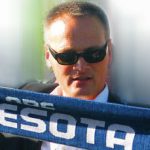 Dean Johnson: Was very active with the TOA while his own team was financially sinking. He moved to Belgium after driving the Thunder into the ground in 2009 and owing hundreds of thousands of dollars in debt to vendors and employees — some who fronted money for him. Johnson tried to do the same thing in Belgium but was found out through US reports of his financial dealings just before he was allowed to purchase a team there.
Dean Johnson: Was very active with the TOA while his own team was financially sinking. He moved to Belgium after driving the Thunder into the ground in 2009 and owing hundreds of thousands of dollars in debt to vendors and employees — some who fronted money for him. Johnson tried to do the same thing in Belgium but was found out through US reports of his financial dealings just before he was allowed to purchase a team there.
Montreal Impact
 Joey Saputo: Was supportive of the NASL and played the 2011 season with the league, but already knew they were heading to MLS the following year. It was said that Saputo talked to MLS about allowing him to field a reserve team in NASL, which was not approved.
Joey Saputo: Was supportive of the NASL and played the 2011 season with the league, but already knew they were heading to MLS the following year. It was said that Saputo talked to MLS about allowing him to field a reserve team in NASL, which was not approved.
Vancouver Whitecaps
 Greg Kerfoot: Moved to MLS before the NASL, but was supportive of the breakaway group. Played 2010 as a member of the NASL Conference in the USSF Pro League.
Greg Kerfoot: Moved to MLS before the NASL, but was supportive of the breakaway group. Played 2010 as a member of the NASL Conference in the USSF Pro League.
Tampa Bay Rowdies
 David Laxer, Andrew Nestor, and Hinds Howard: They owned the bulk of the Rowdies. They were said to have had financial issues keeping the team afloat at times and didn’t always make their payments to the NASL. Laxer — who owns a steak house in Tampa — was said to have once asked USSF if he could use his inventory of expensive wines in his restaurant wine cellar as collateral for the bond that is required by US Soccer. The bulk of their shares were bought out when Bill Edwards took over the team.
David Laxer, Andrew Nestor, and Hinds Howard: They owned the bulk of the Rowdies. They were said to have had financial issues keeping the team afloat at times and didn’t always make their payments to the NASL. Laxer — who owns a steak house in Tampa — was said to have once asked USSF if he could use his inventory of expensive wines in his restaurant wine cellar as collateral for the bond that is required by US Soccer. The bulk of their shares were bought out when Bill Edwards took over the team.
Carolina RailHawks
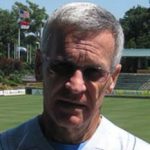 Selby and son Brian Wellman: They were among the leaders of the TOA breakaway group, but pulled the plug on the team immediately after the USSF had sanctioned the league in November of 2010 after a dispute with Davidson and the league. That forced the NASL to scramble to save the RailHawks. After listing trademarks, copyrights, and Swoops the mascot on Craigslist and eBay, Traffic purchased the rights and propped up the team for five seasons.
Selby and son Brian Wellman: They were among the leaders of the TOA breakaway group, but pulled the plug on the team immediately after the USSF had sanctioned the league in November of 2010 after a dispute with Davidson and the league. That forced the NASL to scramble to save the RailHawks. After listing trademarks, copyrights, and Swoops the mascot on Craigslist and eBay, Traffic purchased the rights and propped up the team for five seasons.
Atlanta Silverbacks
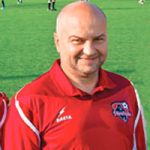 Boris Jerkunica: While the Silverbacks were one of the original teams, Jerkunica was not a big supporter of the breakaway group and had actually taken time off from the USL in 2009. Davidson convinced him to come back so they would have the eight teams needed. Jerkunica needed financial help from the league and eventually Traffic took over the majority of the team.
Boris Jerkunica: While the Silverbacks were one of the original teams, Jerkunica was not a big supporter of the breakaway group and had actually taken time off from the USL in 2009. Davidson convinced him to come back so they would have the eight teams needed. Jerkunica needed financial help from the league and eventually Traffic took over the majority of the team.
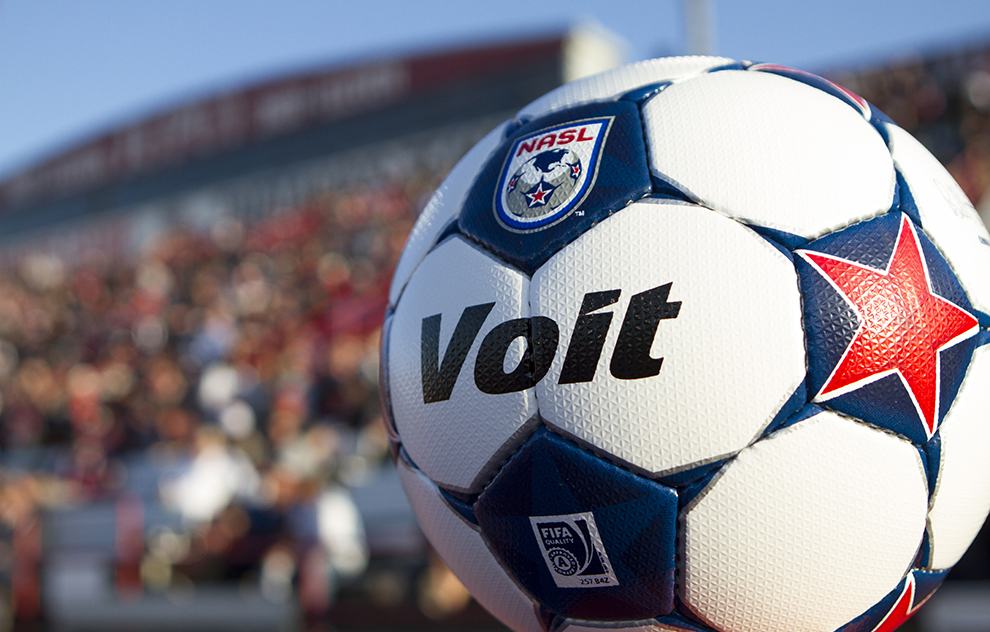
Leave a Reply